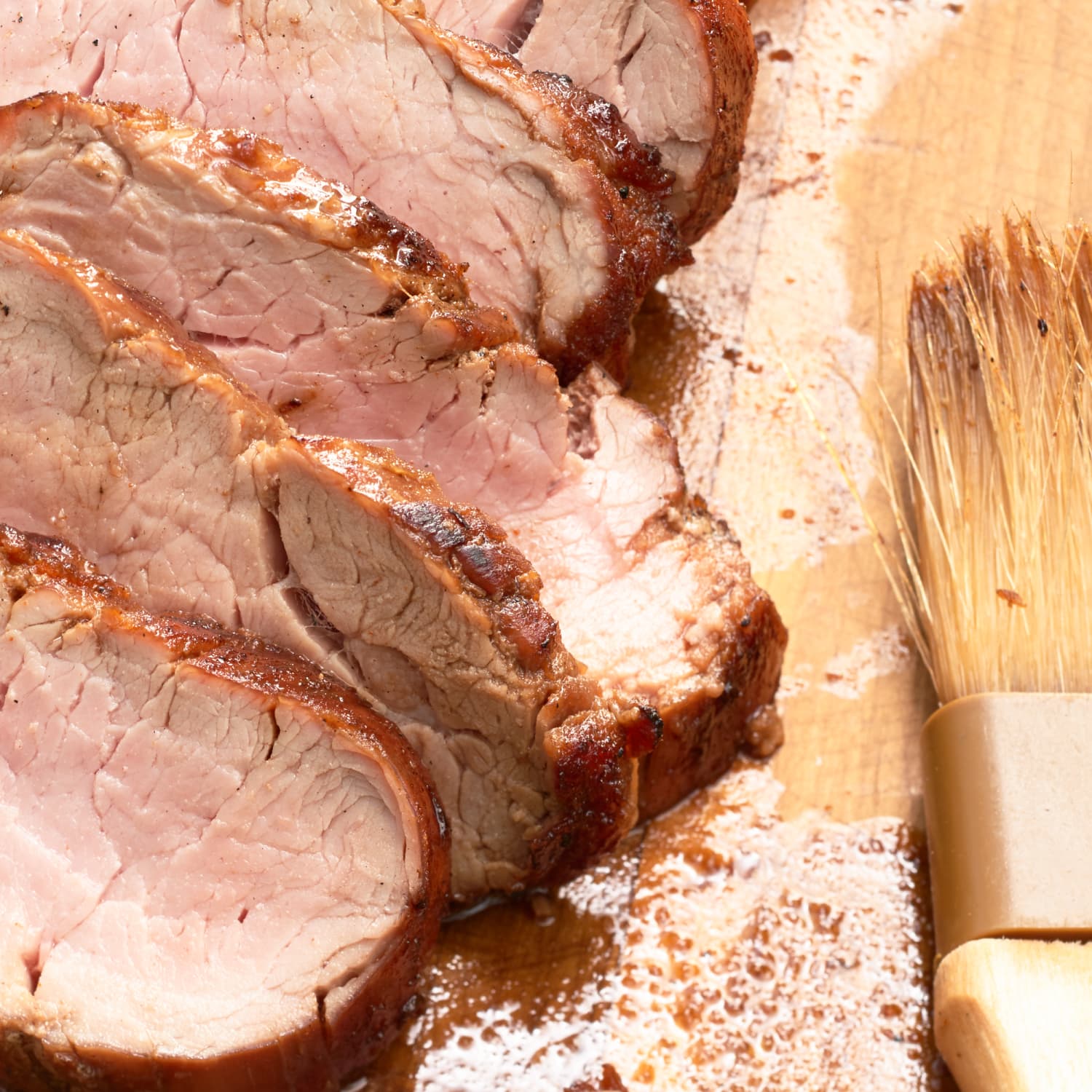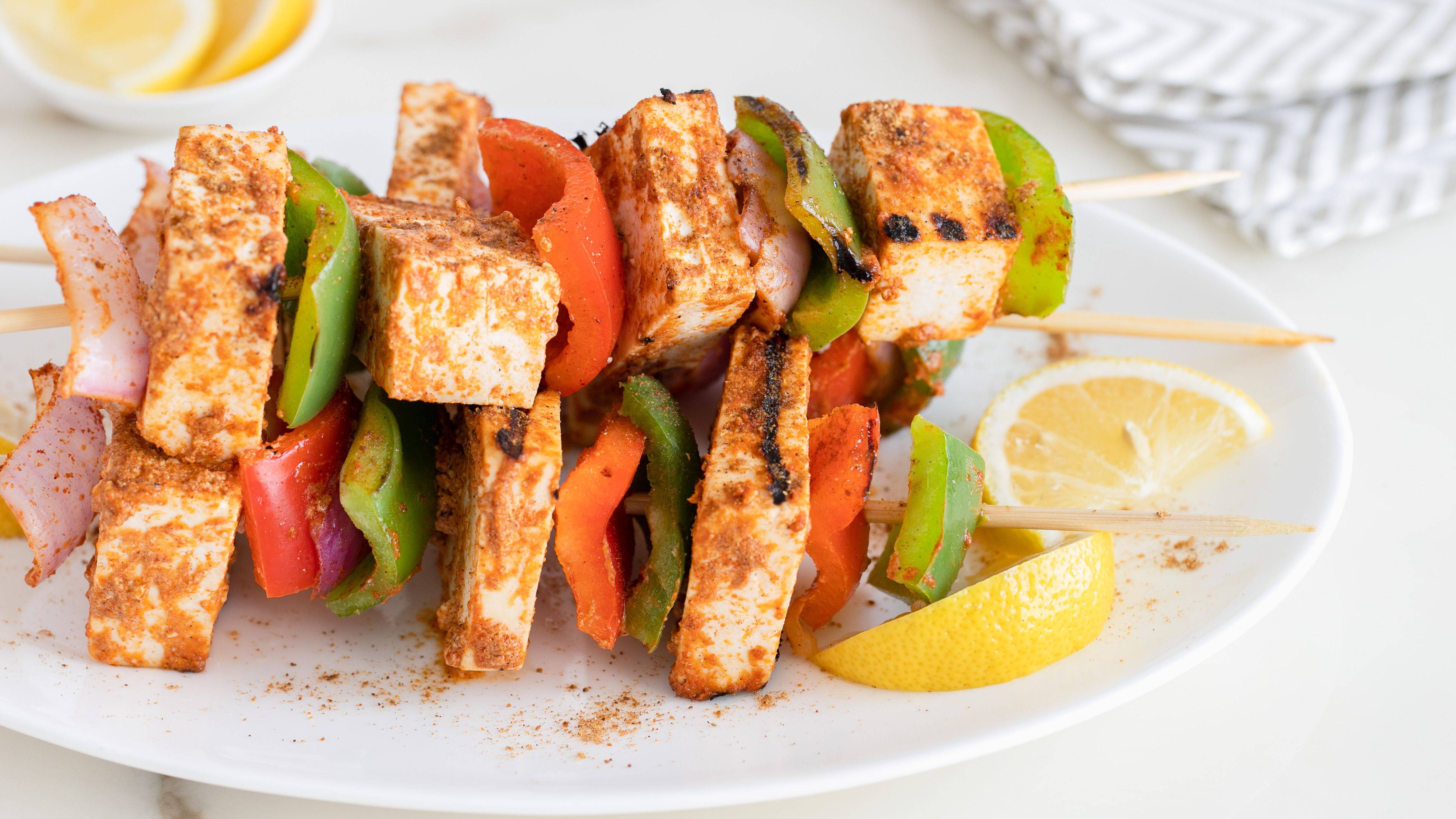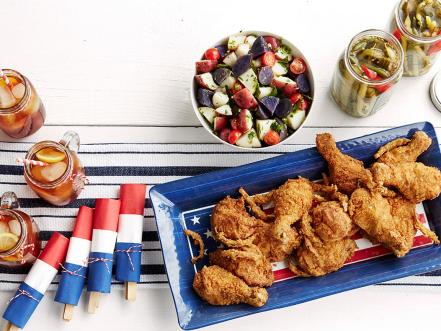
Grill flames can be dangerous for your food, especially when they come from fat and oil dripping from your food. This fire can ignite before your food is placed on the grill. It can also occur after it has been flipped. Gauging the severity of grill flames is an important step in controlling them. You may not notice any flames, and they will usually be very small. There are two options if flare-ups occur: cover the lid in aluminum foil and shut off the burners. Then, you can sprinkle the area around your cooking food with baking soda, sand, or salt. Close the lid and vents once you've completed the above steps to stop more oxygen from entering the food. If you still have concerns, wait 30 second before trying to control the fire.
The best way to avoid grill flames is to cover the grill, and then wait. This is because the fire must have oxygen in order for it to survive. Thus, cutting off oxygen can cause it to burn. Cover the grill and watch for flare-ups. You can resume your normal activities once the fire has been extinguished. After the grill flames have gone out, you can begin cooking again. If you're not careful you might cook food that's burned to the bone.

Keep your food in the "Safe Zone" to avoid flare-ups. Then, you can spray the grill's bottom with water to extinguish the flames. If the flames seem small, you can spray some water under the food to put out the fire. If the flare-up becomes severe enough that it threatens the supply, you can dial 911 to get emergency help.
Oil dripping or excess fat is the leading cause of grill flames. Do not use any oil and remove all fat from your grill before you cook. It's also important to position your grill so that it's out of the wind to avoid flare-ups. Grill shields are a good way to protect your food. Protecting the flames is crucial with a shielding lid.
Flare-ups can be prevented by keeping the grill clean. Flare-ups can result from a dirty grill. You can reduce the amount of fat in your meat to avoid the heat from drippings. In order to avoid over-fattening your food, it is a good idea to trim the fat before you start cooking. To prevent it from causing damage, you should not eliminate all fat from the meat.

Covering your grill with a cover will prevent flare-ups. A grill cover will prevent the flames from getting oxygen. If you grill with gas, it will shut off immediately without causing any harm to your meat. This will stop the fire spreading and prevent the grill from setting fire to itself. This will help you avoid a flare up.
FAQ
What's the best way to keep leftovers safe?
Tupperware containers are great for storing leftovers. These containers keep food fresh and prevent odors forming. They can also keep food warm longer. Remaining food can be frozen in freezer bag. To prevent air from escaping, freeze food in a bag. Once the food has frozen, you can transfer it to an airtight container like a zipper lock bag.
Do I require any special equipment?
It doesn't take any special equipment or tools to learn to cook. The best tools will make cooking more enjoyable. To make pasta easier, you can use a knife to cut the pasta and a whisk to whip up egg whites to stiff peaks. It makes cooking much easier and quicker.
Do I need to buy any ingredients to cook?
There is no need to purchase all the ingredients. Many grocery stores carry pre-made sauces and items that can be used as substitutes. Premade meals are an option if you're looking for a way to save some money.
Where can I find online cooking classes for free?
Numerous websites offer free cooking lessons. YouTube can be searched for videos showing you how to make different meals. You can access thousands of recipes from some websites. While you may have to pay a monthly charge, these websites allow you to try out the recipes for 30 days for no cost.
How Much Does It Cost to Study Culinary Arts?
There are many factors that influence the cost of learning culinary arts. A four year degree is typically around $40,000. A two-year associate's level degree can cost less than $5,000. Tuition rates vary depending on what program you choose. The tuition rates for private institutions are usually higher than those of public universities.
Statistics
- under 10 Kids have been taught that there is special food just for them, and Fiese says that 10 percent of kids will throw a tantrum if they don't get the food they want. (washingtonpost.com)
- You'll be amazed that over 90% of CIA students receive scholarships and grants to finish their culinary studies. (ischoolconnect.com)
- On average, chefs earn $58,740 a year, according to the BLS. - learnhowtobecome.org
External Links
How To
How to make a perfect eggroll
Omelets have always been a favourite food to eat for breakfast. How can you make them perfectly? I have tried many different recipes and methods, but none of them work. I have some tips and tricks to help you make delicious, fluffy omelets every single morning.
We should first know that eggs are very temperamental ingredients when making omelets. Eggs must be purchased fresh, preferably organic, and kept chilled until ready for cooking. If they are not kept cold enough, the whites won’t form properly. The yolks will also break down too quickly and become runny. Your omelets will look strangely colored if this happens. If you want to make omelets right away, it's best not to use eggs that are too cold.
Another tip is to separate the egg before adding it to the pan. It is important not to allow any white to mix with the yolk as this could lead to the omelet becoming curdled.
If you add the egg directly onto the stovetop, you might end up burning the bottom part of the egg, which would ruin the texture of your omelet. Instead, put the egg in the microwave for 10 seconds before putting it into the pan. The microwave heat cooks the eggs just right without overcooking them.
Next, let's talk about mixing the eggs. Mix eggs well together. Turn the bowl upside down and grab the whisk to do this. Then shake the bowl vigorously. By doing this, the egg is thoroughly mixed with the air in the bowl.
The fun part begins - you need to pour the milk into your mixture. Fold the eggs in the milk mixture by first pouring half of it into the egg whites. If you still see streaks of eggs, don't worry. These streaks will disappear once the omelet has been turned over.
After you have folded your eggs, heat up the oil on medium heat. Wait for it to get hot. When the oil is hot enough, add 1/4 cup butter to the pan. Stir it around until the butter covers the entire pan. Carefully open the pan's lid and add salt to the pan. An additional pinch of salt will prevent the omelet form sticking to your pan.
Cover the pan once you have formed the omelet. Wait for the top to set. Flip the omelet upside down or with a spatula. Cook the opposite side for another minute. Serve the omelet immediately by removing it from the pan.
This recipe works best using whole milk. Skimmed milk is also possible.